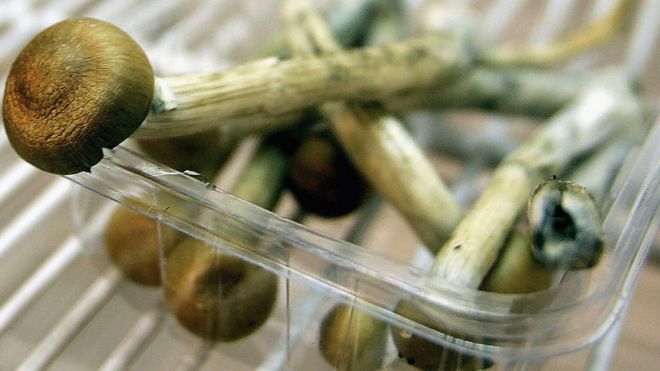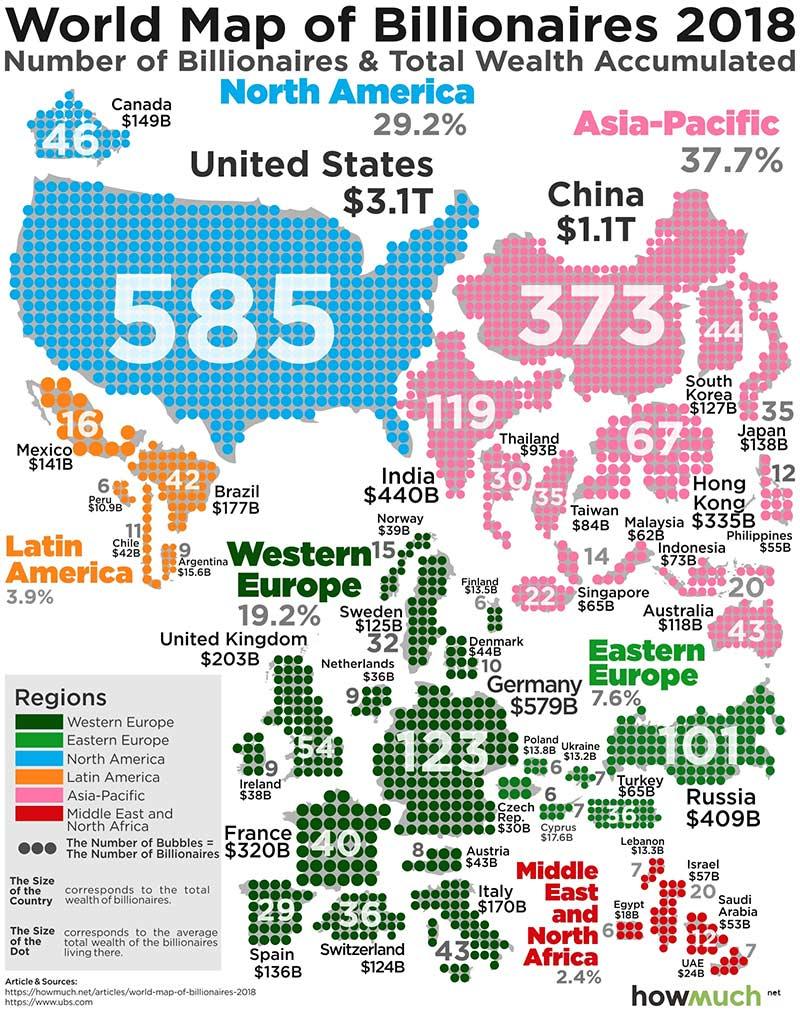Nostril Hair Extensions Are Going Viral.... The Newest Instagram Thing
I know you're gonna think I made this up...Google it..
Dumb young girls trying to set a new fashion trend..
Hmmmm, Sexy!.....Not...
..
oh no bro! and you remember the '60s & '70s hippy chicks that thought it was cool to let their armpit hair grow out...

everything was counter this/counter that back then.
left was right... right was left
up was down... down was up
especially when you did some acid
purple microdot was my favorite & easiest to get.














